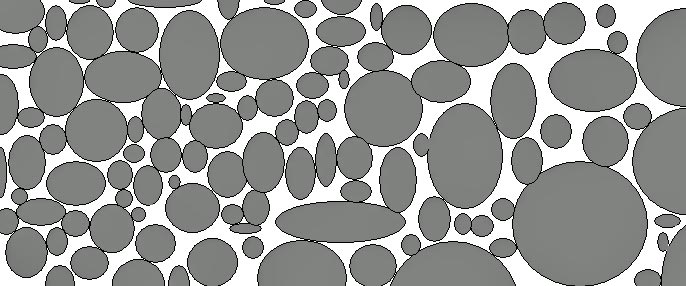It is still debated if the origin of petroleum is from “chemical reactions between minerals of from tissue created by living organisms”(1). If it was an organic source, it would be intuitive to believe that large dinosaurs and fish made up the majority of petroleum after millions of years of compaction; however, the only organisms with “enough mass to possibly account for so much oil and gas are the many forms of microscopic plankton and algae living in the oxygenated near-surface waters of the oceans”(1). If the origins of petroleum are from the organic source of plankton and algae then two conditions must be satisfied. There had to be extensive death to provide the volume and there had to be rapid burial of the dying organisms to prevent consumption. If both of these conditions are met, it still has to endure high temperatures as it gets buried deeper and deeper over millions of years. Depending on how deep the petroleum is buried it with either become oil, gas or not survive.
Now that sedimentary rock and the origins of petroleum have been defined, it is essential to understand where the oil goes in the sedimentary rock. Most people believe that the petroleum is in underground pools. If is visualization was true, finding and producing oil would be extremely efficient. In reality the petroleum occupies the pore space within a rock. Think of it as a transparent bowl filled with various sized rocks. The petroleum can only occupy the void space, but not the rock space. If a rock formation is able to contain a good amount of petroleum, it will have good porosity. Porosity is defined as a the void space over the bulk volume. If the formation does have great porosity, but no permeability, then the recovering process is going to be very difficult and expensive. Permeability is the ability of the fluid to flow thru the formation. So if there is a lot of porosity in which everything is sealed somehow, then the well will not be very successful. A lack of permeability is not always bad. As a matter of a fact, there needs to be some sort of impermeable cap rock so the oil will not escape and disperse itself. This mechanism is most commonly referred to as a trap.
The keys to a successful well:
1) Porosity
2) Permeability
3) A Trap

The
picture above illustrates both porosity and permeability. The gray
ellipses represent differently shaped microscopic rocks in a formation
and the white represents the void space. You can see from the
illustration that the porosity is fairly good throughout, but the
permeability is better on the right side.